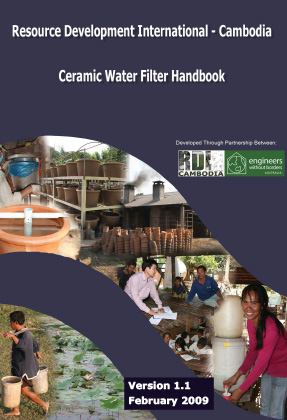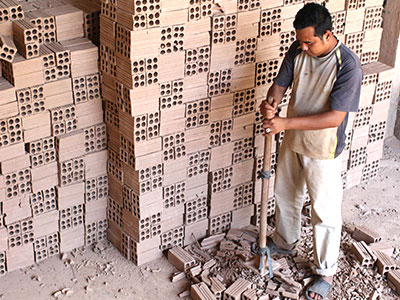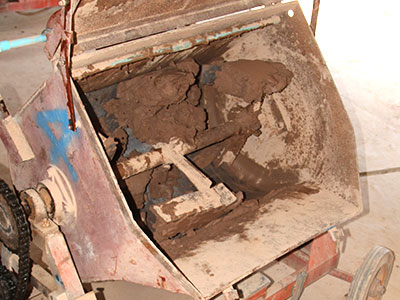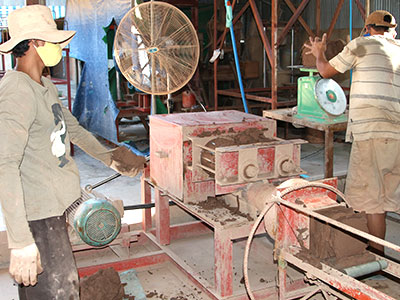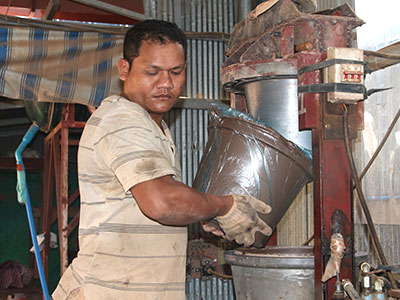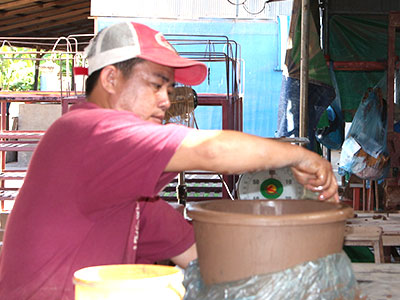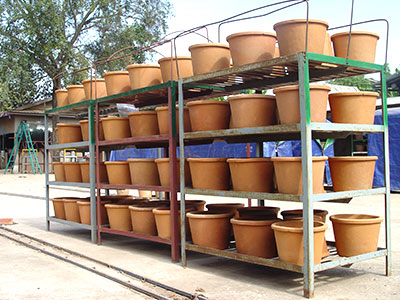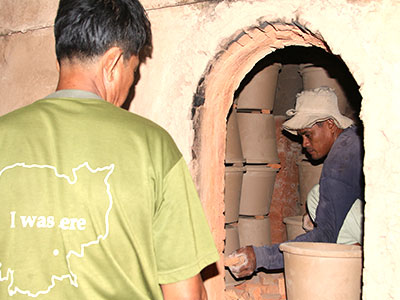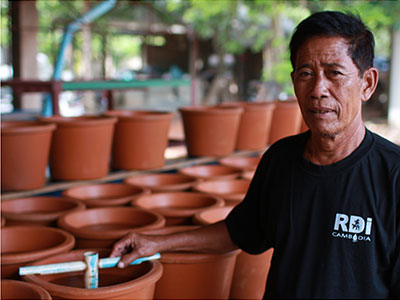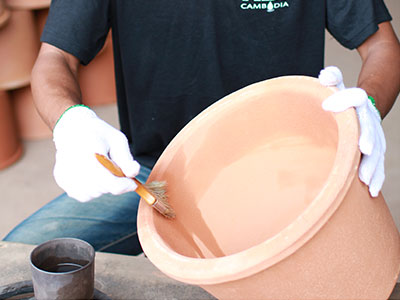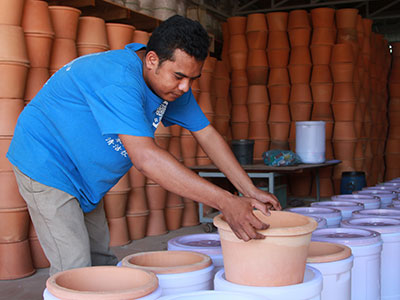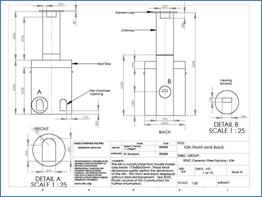Ceramic water filters provide affordable high quality drinking water, at a household or classroom level, for communities who are otherwise without access to safe drinking water.
Resource Development International Cambodia (RDIC) has been making ceramic water filters in Cambodia since 2003. RDIC’s operation started at a small scale as it developed its manufacturing techniques. By September 2007 RDIC had distributed approximately 60,000 filters throughout Cambodia, and internationally, with 24,000 produced in 2007. Ceramic water filters have proven to be tremendously effective in reducing the exposure of users to contaminated water, and the incidence diarrhea over an extended period of time (Brown and Sobsey, 2006). RDIC continues to invest significant time and energy into developing its processes and would like to share its knowledge and best practice approaches with organisations who wish to have a similarly positive impact on communities in developing countries. While the technology is simple, adherence and commitment to best practice manufacture, training and education is essential to ensuring the ceramic water filters provide the high quality, safe drinking water that its users require for good health.
The five key features of the RDIC Ceramic Water Filter Programme that have led to its success are:
- the appropriate, simple, yet highly effective design of ceramic water filters,
- a manufacturing and quality assurance process that ensures only high quality filters are distributed,
- a manufacturing process that is inexpensive, using locally available and sustainable materials,
- an education programme that informs people about the value of clean water, how filters work and how to take care of their filters and use them effectively, and
- a distribution network through schools, communities, local business and other non government organisations (NGOs), that provides an ongoing contact point for filter replacements, purchases and queries.


